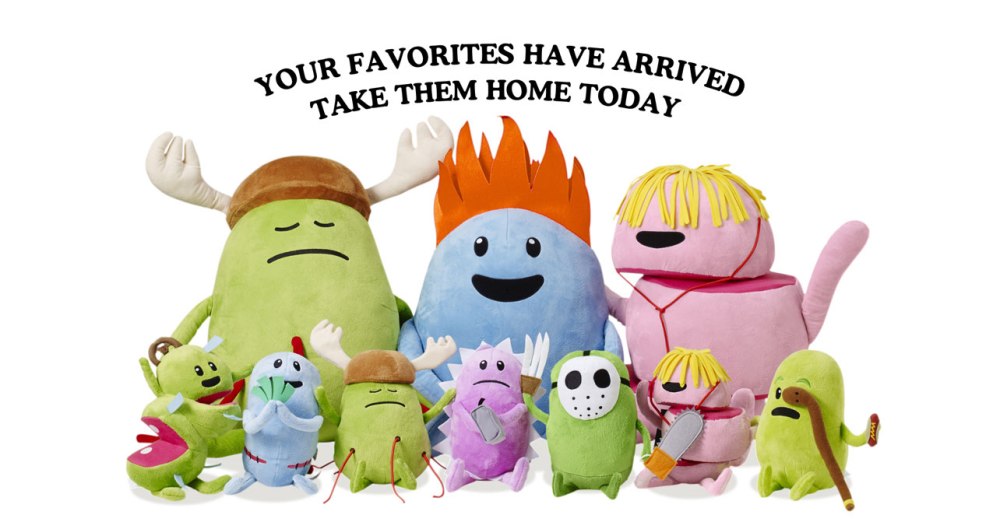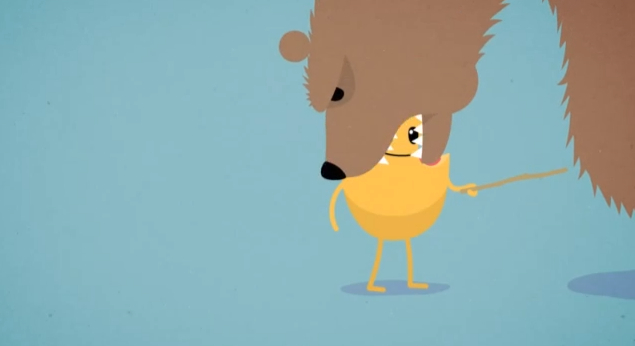In many ways, the (almost unprecedented for its sector) success of Dumb Ways to Die is fascinating to examine. John Mescall, executive creative director at McCann Melbourne (the agency who created the Dumb Ways to Die campaign), said this about the model they used:
“Firstly, we decided to not adopt an advertising model, but a content model. Both the client and the agency were very determined to make the content good enough to compete against the things you would otherwise pay for. It had to be ‘a good ad’. If you’re making content you have to ask yourself honestly the question: would I pay to own this? If you are making content you have to make it as good as the stuff that people are buying on iTunes” (Roper, 2014).
This model clearly worked, with over 60 million dollars of revenue coming in from the various forms of media created by McCann Melbourne and Metro Trains. However, one of their biggest strokes of genius was allowing the users to create their own content. In fact, Metro Trains facilitated this and effectively encouraged people to share and remix the content; a dedicated Tumblr site was set up to get the content ‘out there’. By not censoring or speaking out against user made content or remixes, any average person could join in and participate themselves. The fact that Metro Trains sat back and simply rode the wave is a major reason that the campaign was able to bloom into the successful franchise it is now.

Dumb Ways to Die plush toys. These are just another example of McCann’s and Metro’s willingness and ability to explore different mediums and create a larger franchise along the way (Metro Trains, 2016).
The fact is, Dumb Ways to Die has now become a franchise that rivals others such as Angry Birds. While the campaign’s success could be attributed to luck – as getting something to go ‘viral’ usually involves a degree of luck – the creators have also been very clever. For example, Emily Lubitz, the vocalist for the song, was specifically chosen as her voice would appeal to overseas markets such as USA and England (Roper, 2014). Additionally, the animations contain references to North American culture, such as grizzly bears, rattlesnakes, moose’s and psycho killers. This was done intentionally as the Internet removes geographical barriers, so in order for something to go viral, it must appeal to worldwide audiences. This is especially important considering that Australia is, relatively speaking, a very small sector of the English speaking community. John Mescall said himself:
“The easiest way for us to get a 12 year-old in Melbourne to get interested in something from Melbourne is to make it globally popular. It used to be ‘Think global, act local.’ That’s no longer true; we need to think and act global” (Roper, 2014).

Dumb Ways to Die incorporates North American animals, such as grizzly bears, in order to appeal to a worldwide audience (Metro Trains, 2012).
Another intriguing aspect of Dumb Ways to Die is how the different platforms and content combine to create a whole that is worth more than the sum of its parts. This idea was identified by Jenkins (2008) as being used in The Matrix film series and creates an immersive experience for the viewer. Jenkins identifies this as a distinguishing feature of trans media productions. In the case of Dumb Ways to Die, this is achieved by utilising the different platforms to their potential and thus giving them each their own uniqueness. For example, the song is easy to sing along to – even a karaoke version is available – and allows people to participate in that way. On the other hand, the smart phone game allows a user to enter the world of Dumb Ways to Die and help save characters from their grisly deaths. Finally, the real world posters in train stations bring the message of Dumb Ways to Die into a real world situation, where the colourful cartoon catches the eye of a bystander and reminds them to be safe around trains. In a separate paper, Jenkins (2007) also talks about synergy; where a cross media producer should strive “to spread its brand or expand its franchises across as many different media platforms as possible”. Dumb Ways to Die has obviously done this by continually expanding to more platforms. This is similar to a theory that Hayes (2006) regards as being essential in modern cross media productions; “bath the audience in a sea of your original inextricably linked content across continents of devices, let them find their own path to live their own story”.
Hayes’s theory is evident in Dumb Ways to Die; namely in the way that the audience can create their own experience by working their way through the various content, such as the game, plush toys, karaoke song or even remixing/creating their own content. Hayes also explained that cross media productions can be qualified on different levels, depending on how well they link the platforms and content together. Dumb Ways to Die displays the ‘bridges’ level (level 3.0) – the way that the different platforms link to each other and point to each other. However, the campaign shows more traits that relate to Hayes’s ‘extras’ level (level 2.0); where one piece of content is originally created, and as it experiences success, other content is released through separate platforms to build upon the original piece. In the case of Dumb Ways to Die, the original work is the song, while the other content has followed since then.
In Jenkin’s (2007) analysis of trans-media, he states the audience’s ability to create their own content and drive their own story. People’s reaction to Dumb Ways to Die was very positive and people were able to create their own versions and covers. This meant people were more personally invested in the whole story of Dumb Ways to Die and audience members were able to explore more content that was related to the original message.
Readers, thus, have a strong incentive to continue to elaborate on these story elements, working them over through their speculations, until they take on a life of their own (Jenkins, 2007).
In summary then, it is clear that McCann Melbourne and Metro Trains have been very intentional about how to give Dumb Ways to Die the best possible chance they could at succeeding as a public safety campaign. The fact that it has changed from a PSA into a franchise that has its own place in popular culture is a testament to its success. By creating high quality, immersive, original material across a range of mediums, McCann and Metro have created an international phenomenon that doesn’t look like stopping any time soon.